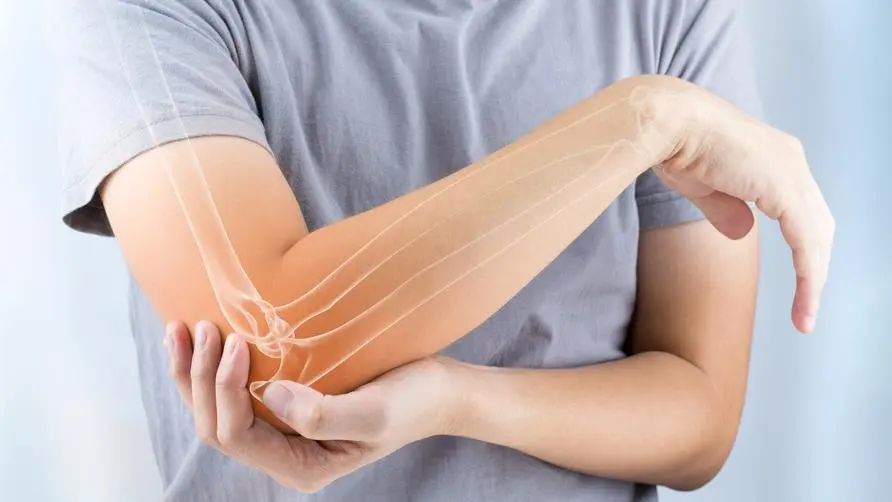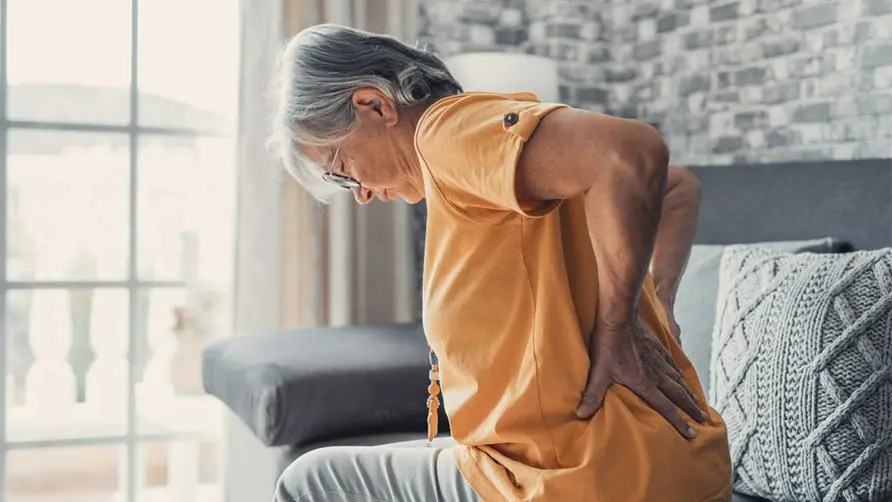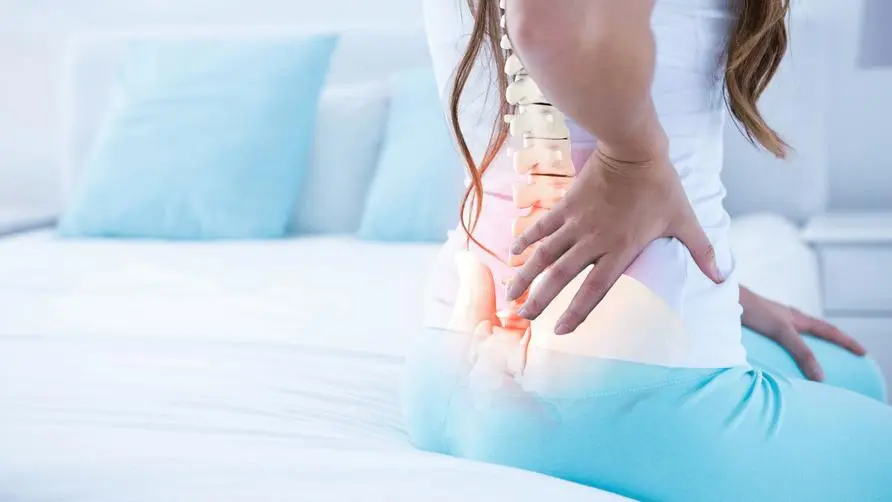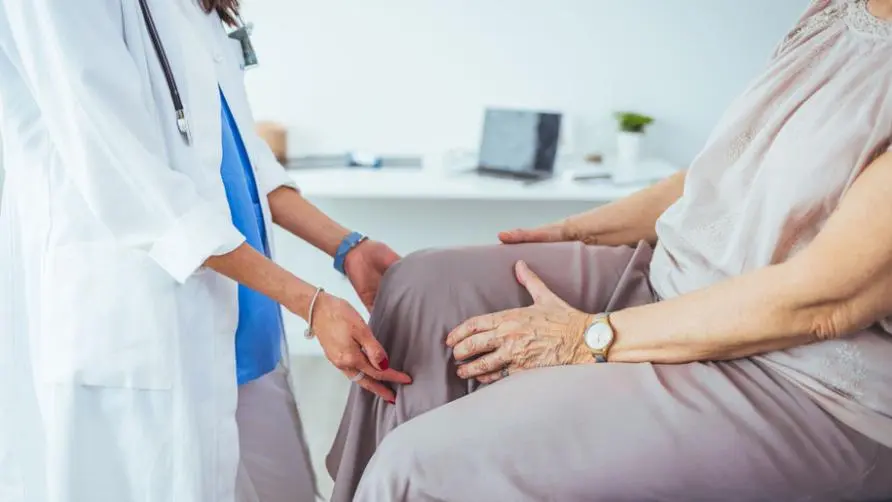Is the epidemic causing a significant increase in the "mortality rate" of osteoporosis and fractures? Doctors appeal: Do not interrupt treatment at will, and take two major measures

Is the COVID-19 epidemic quietly increasing the mortality rate from osteoporosis? US study says death toll ‘doubled’
Amid the COVID-19 pandemic, are the number of deaths due to osteoporosis or fractures quietly rising? According to research published in the journal Endocrinology and the U.S. National Institutes of Health (NIH), people who stay at home and lack physical activity may interrupt osteoporosis treatment, leading to an increased chance of fractures. Hip fractures have the greatest impact on the elderly; during the epidemic, The chances of people falling and getting injured due to daily activities such as bending and sitting down are twice as high as before the epidemic. Among them, the proportion of people who die within 30 days due to fractures has doubled, from 4% to 9%.
In addition, a statistical survey by the Taiwan Gerontology and Geriatrics Society shows that about 30% to 50% of elderly people over the age of 65 have fallen within one year, and one-third of them have fallen at home. In addition, During the epidemic, outpatient clinics decreased, and people reduced outdoor activities and exercise opportunities, resulting in a decrease in bone density and muscle mass. Moreover, patients with osteoporosis or fractures failed to receive proper treatment because of concerns that frequent visits to and from hospitals may increase the risk of COVID-19 infection.
She interrupted treatment for 9 months due to the epidemic. When she returned for a visit, she found that her lumbar spine had been “fractured again”
Huang Zhaoshan, Chairman of the Osteoporosis Society of Taiwan, said that patients with osteoporosis are more likely to suffer fractures than the general public. This is not a rare case due to bone density loss after treatment is interrupted and the site of the fracture breaks again.
He said that he once treated a 70-year-old woman surnamed Zhang who was diagnosed with osteoporosis. She was diagnosed with lumbar fracture after seeking medical treatment. After stable drug treatment, her bone density increased significantly; however, due to the epidemic, treatment was interrupted for 8 years last year. -9 months later, I didn’t expect that when I returned for a visit, I found that my lumbar spine had fractured again, putting me at risk of severe disability.
Chairman Huang Zhaoshan believes that if some treatment drugs are interrupted or delayed, they will cause bone loss and increase the risk of fractures. Therefore, despite the restrictions of the epidemic, patients should still discuss the return time with their doctors or continue treatment through video outpatient services to maintain bone density and avoid fractures. If appropriate osteoporosis drug treatment is used, the risk of death can be significantly reduced by 30%, and in patients who use it regularly, it can even be reduced by more than 70%.
“Osteoporosis drugs need to be used for more than a year to see the effect of reducing fractures; if treatment is interrupted for more than 6 months, the bone density will gradually return to the untreated period, and the probability of osteoporosis causing fractures is no different from that of patients who did not take drugs!”
Be careful with hunchback, shortening, and lower back pain! “DXA Test” Uncovers Potential Osteoporosis Risks
Chairman Huang Zhaoshan said that osteoporosis is a common invisible killer that few people pay attention to, and most of them have no obvious symptoms. In addition to paying attention to whether you have symptoms such as hunchback, shortening, or lower back pain, the best way to check is to go to the hospital regularly for bone density examinations. Currently, the most sophisticated bone density testing instrument is the “dual-energy X-ray absorptiometry (DXA)”, which is highly universal. There are fixed DXA tests in major medical institutions, and there are also mobile DXA testing vehicles. Go deep into rural areas to improve medical accessibility for the people.
After the DXA test is completed, the doctor will give treatment or dietary advice based on the T value that represents bone density. If the T value is between -1 and -2.5, it means that the bone mass is gradually lost and the bone density has become low; if the T value is between -1 and -2.5, it means that the bone mass is gradually lost and the bone density has become low; A value below -2.5 can be diagnosed as osteoporosis. It is recommended that people over the age of 50 undergo annual testing to assess bone quality and the risk of osteoporosis fractures in the next 10 years.
Chairman Huang Zhaoshan suggested that the public should conduct regular DXA bone density tests and estimate the possibility of osteoporosis fractures in the next 10 years through the fracture risk assessment form. If you have relevant symptoms, you should seek medical treatment as soon as possible and use appropriate drug treatment in accordance with the doctor’s instructions. The public is reminded to pay attention to the health of their elders around them in a timely manner, and to maintain good health during the epidemic prevention period to prevent osteoporosis from taking advantage of them.
Further reading:





